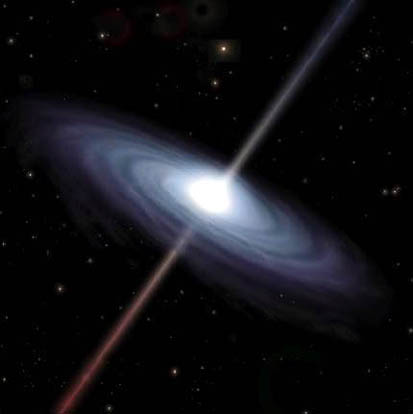One of the important recent developments in astronomy is the discovery that most moderate-to-large galaxies have supermassive black holes in their centers. Our home galaxy, the Milky Way, is no exception. Our own monstrous black hole just did something scientists have never witnessed before.
A black hole is a region in space of incredibly powerful mass and gravity that is so strong that even light cannot escape its pull. Scientists believe that a mysterious object called a singularity exists at the center of the black hole that could be infinitely small and dense. These objects are one of the greatest mysteries of modern physics.
Most black holes form when an enormous star that is 30 or more times larger than our sun dies. When a giant star dies, the inner core has exhausted its hydrogen fuel to the point where the core’s energy is no longer strong enough to hold off the gravitational force of the massive star bearing in on itself. The sudden implosion of the monstrous star is so violent that it causes the fabric of space itself to collapse into an incredibly tiny point with unimaginable gravitational force. There is a sphere of space around the singularity from which nothing can escape, and this region is called a black hole.
The formation of supermassive black holes is not the same as the formation of regular ones. Scientists are not sure how they came to exist, but they believe they were probably there since the beginning of the galaxy’s lifespan, and they probably played an important role in the formation of galaxies. Regular black holes are usually about 3 or 4 times more massive than the sun, but supermassive black holes are usually millions or even billions of times more massive.
The Milky Way’s supermassive black hole is about four million times more massive than the sun, and scientists have named it Sagittarius A. It’s not unusual for these objects to fluctuate in brightness, but in an unprecedented recent display, Sagittarius A flashed 75 times brighter than normal. Scientists are currently trying to figure out what could have caused a phenomenon like this.
One of the likeliest theories involves an enormous gas cloud that scientists recently discovered approaching the black hole. Black holes emit tremendous energy when objects come near and get swallowed in. People cannot observe these bursts in visible light, but it can spark visible light when the eruptions interact with nearby objects such as gas clouds.






